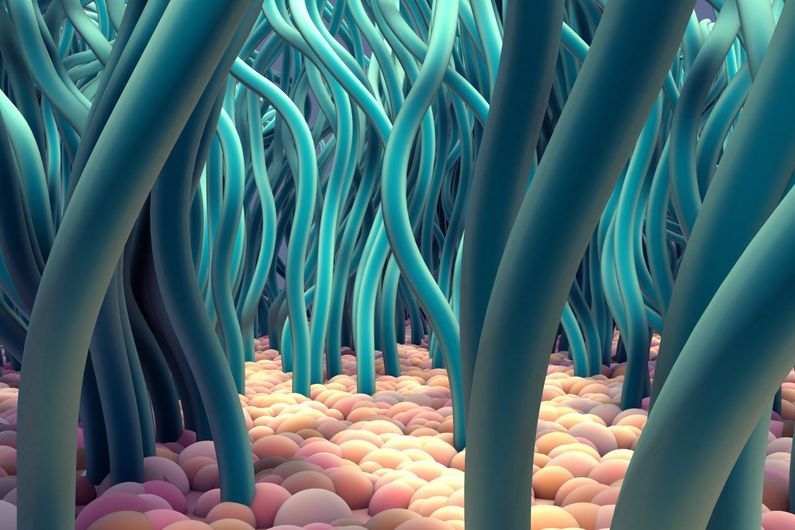'Antennae' of cells: a protein plays a major role
- Salle de presse
04/25/2024
- UdeMNouvelles
Researchers in Quebec and California demonstrate a new aspect of what is required for the cellular structure cilium to transmit signals so that the body's cells can work as they should.
The essential role played by a protein in the functioning of cells is revealed in new work from the laboratory of Université de Montréal medical professor Frédéric Charron, holder of the Canada Research Chair in Developmental Neurobiology.
Published in Nature Communications and done jointly with researchers led by Xuecai Ge at the University of California at Merced, the study opens the door to a better understanding of the mechanisms underlying certain pathologies.
Most of the body's cells have a structure called the primary cilium, or simply, cilium. This structure acts like an antenna, responsible for detecting signals in the cell's environment. Some of these signals are responsible for stimulating cell proliferation.
In the new study, Charron identified a protein called Numb with his collaborators Sabrina Schlienger, Wei-Ju Chen and Vanesa Jimenez Amilburu of the molecular biology of neural development research unit of the UdeM-affiliated Montreal Clinical Research Institute (IRCM).
Numb is essential for the cilium to transmit an external signal for proliferation to the rest of the cell. Without it, the signal is detected by the cilium but its information is not transmitted to the rest of the cell, preventing its effect from taking place.
In the absence of Numb, proliferation of certain brain cells does not occur. Charron's study is important because it demonstrates a new aspect of what is required for the cilium to transmit signals to the rest of the cell.
When the transmission of the signal received by the cilium is disrupted, defects in brain development, such as cerebellar hypoplasia, can occur, as observed in mouse models studied by Charron and his team.
"Subsequent work will enable us to study this ciliary role of Numb in disease in greater detail, ultimately paving the way for new therapies," said Patricia Yam, co-first author of the study and a senior research associate at the IRCM.
About this study
The study by Frédéric Charron et al was published April 25, 2024 in Nature Communications. Support was provided by the Canadian Institutes of Health Research, the Brain Canada-Weston Foundation and the Canada Foundation for Innovation.
Media contact
-
Florence Meney
IRCM
Tel: 514-987-5500, poste 5535 -
Jeff Heinrich
Université de Montréal
Tel: 514 343-7593













